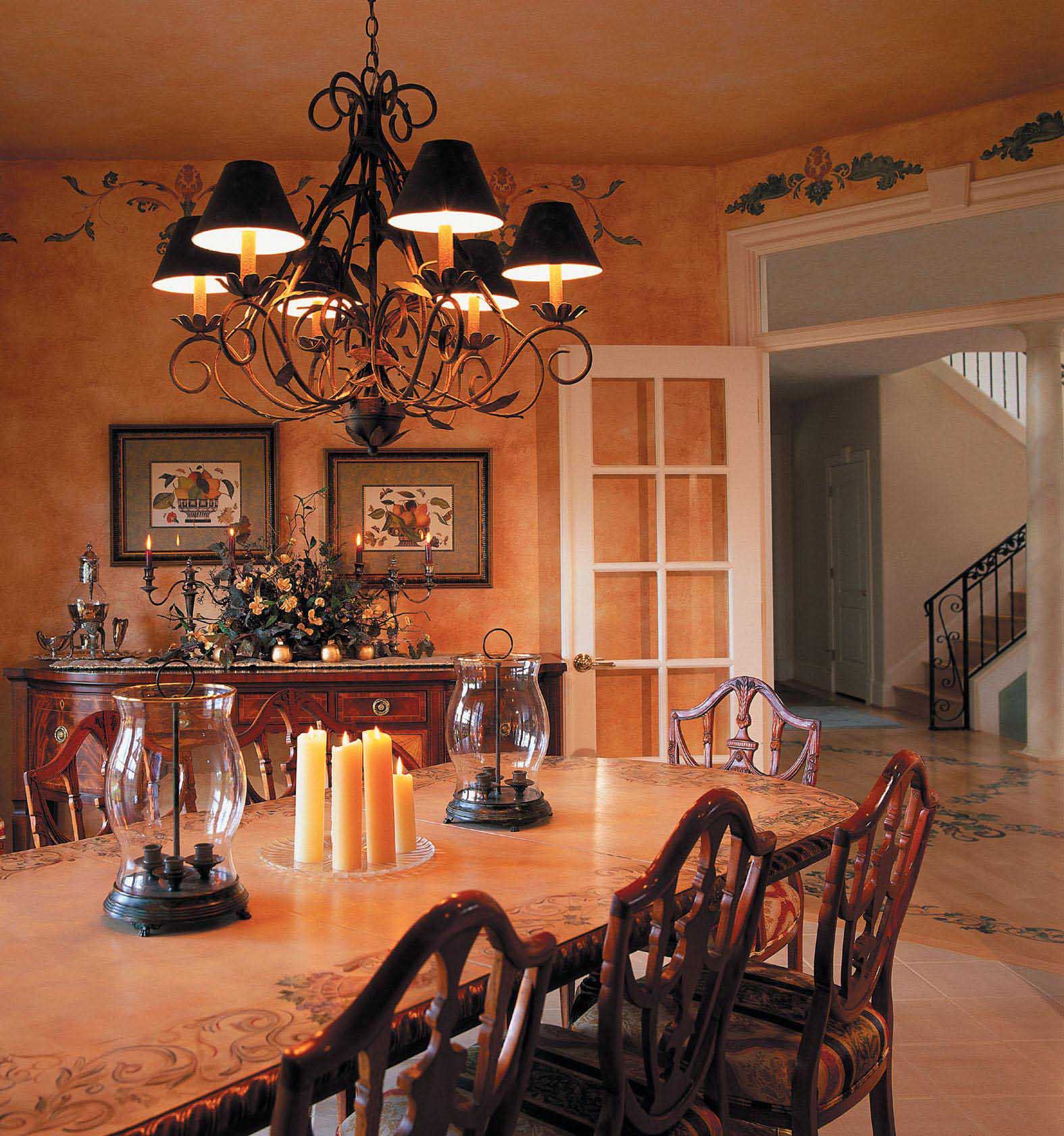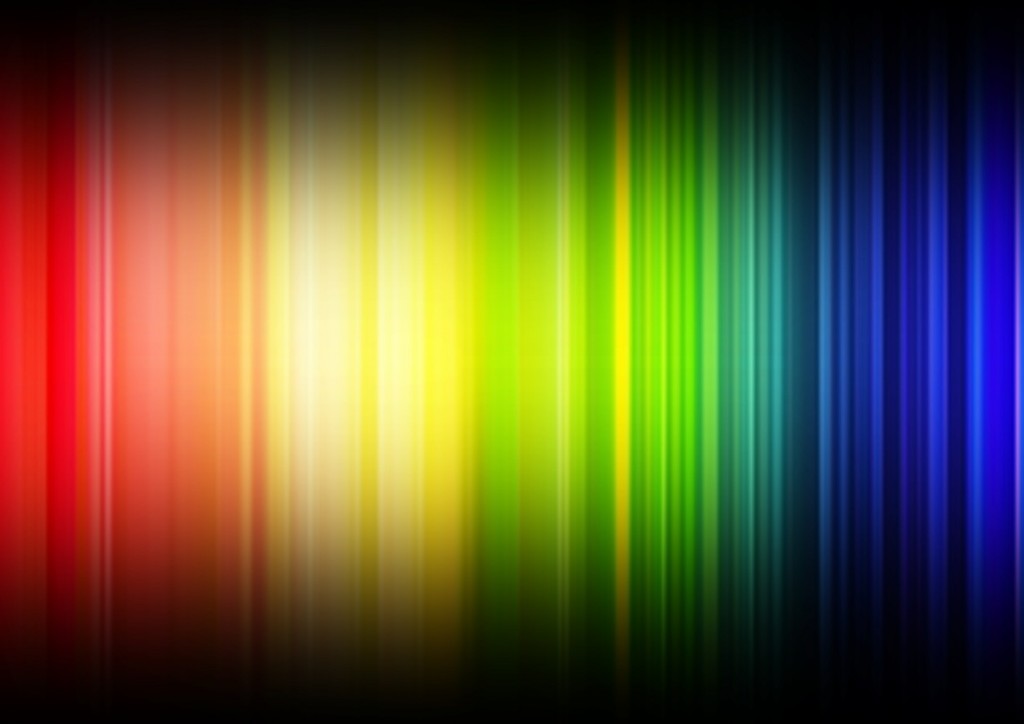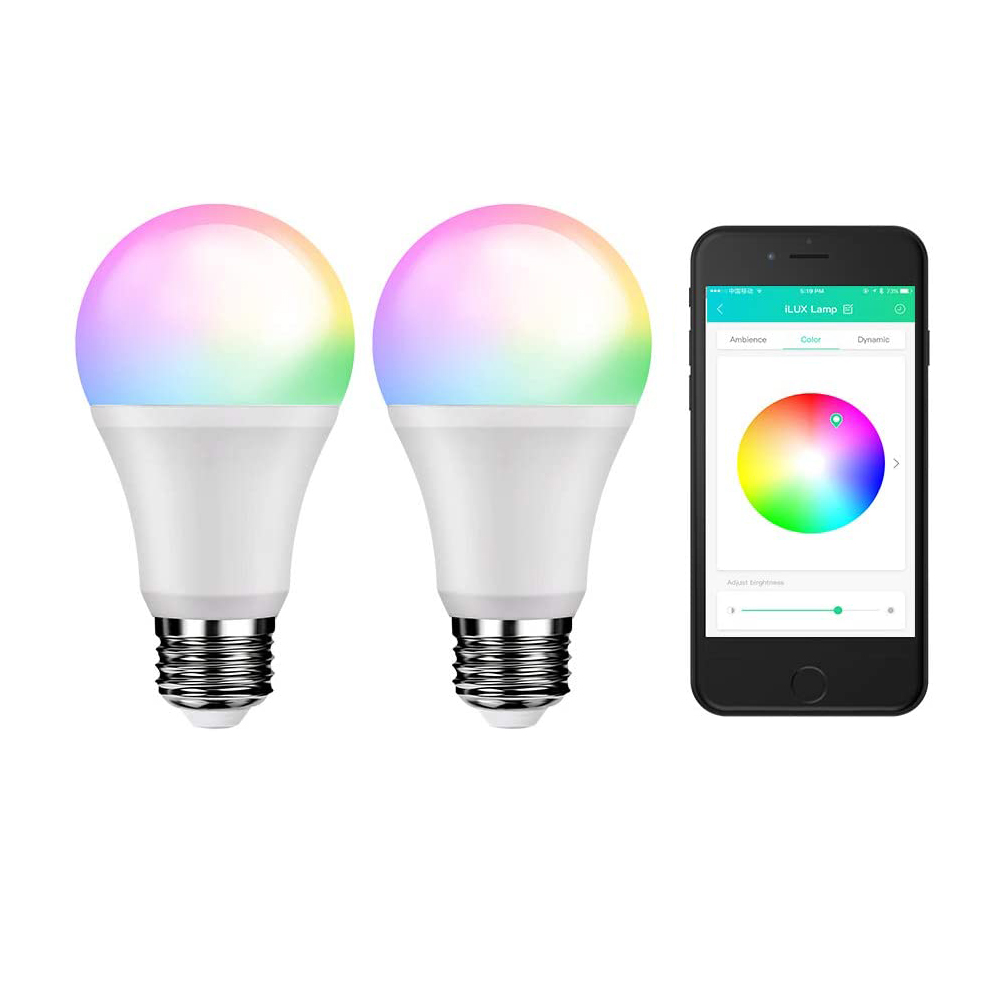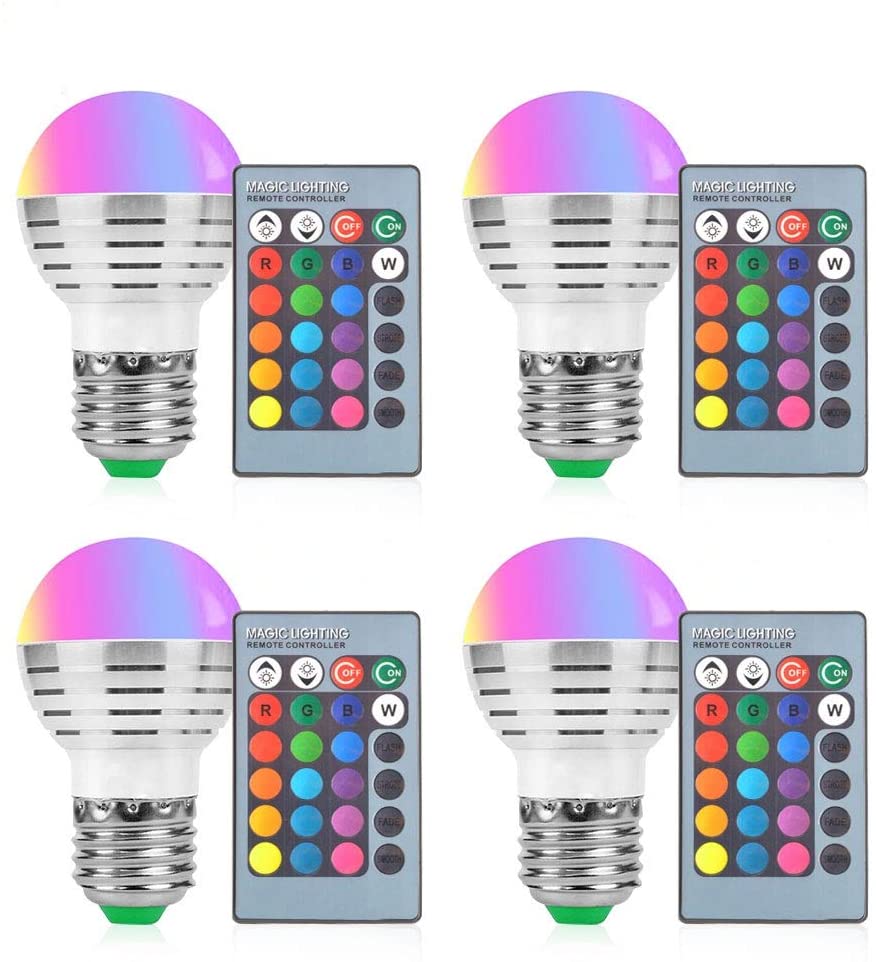
If you’ve still to upgrade your halogen spotlights to LED, time is running out.
In September 2020, the European Commission directive banning the manufacture of ‘high-energy’ halogen spotlights came into force. These light bulbs are now becoming increasingly difficult to find as retailers sell through the last of their stock. This guide will tell you everything you need to know about replacing Halogen MR16 light bulbs with LED light bulbs.
Fortunately, upgrading Halogen MR16 light bulbs to LED is usually a painless affair, as most LED light bulbs are now designed to retrofit to existing light fittings. All you have to do to swap your old light bulbs out is remove them from the light fixture and fit the new, shiny light bulbs in their place.
The same goes for low voltage spotlights, but as they use transformers to convert mains voltage to a suitable lower one, you have to be careful to install the right LED light bulbs.
Replacing Halogen MR16 light bulbs with LED light bulbs
If you have low voltage halogen light bulbs installed with a transformer, the first thing you need to do before replacing Halogen MR16 light bulbs with LED light bulbs is to find the transformer’s maximum load. You should be able to find this on the body of the transformer itself, in the form of a ‘VA’ number. This VA number will either be fixed, or it will be a range (e.g. 10-60VA).
These numbers tell you the maximum wattage that the transformer can carry. For example, a 40VA transformer can handle up to a 40-watt halogen light bulb, while a 10-60VA one can carry between 10 and 60 watts worth of light bulbs. Some transformers might just carry one individual light bulb, while others might be able to carry several lower wattage light bulbs in a series.
At this point, it’s important to note that if it is a halogen transformer, this maximum load applies to halogen light bulbs only. For example, if you have a 40VA transformer for halogen light bulbs, you should not install 40-watts worth of LED light bulbs. This would overload the fitting and potentially cause a safety issue.
Fortunately, there is an easy way to find the right low voltage LED spotlights.
Equivalent wattage – swapping halogen MR16 light bulbs for LED
The natural energy-saving properties of LED light bulbs means that they can offer the same brightness of a halogen equivalent, but using only a fraction of the power. A 5W LED spotlight, for example, can offer the same brightness of light as a 35W halogen spotlight.
The 5W LED light bulb is the ‘equivalent wattage’ of the 35W halogen light bulb. You can usually find this equivalent wattage listed with online product details, specification sheets (where available), and on the product packaging.
When replacing Halogen MR16 light bulbs with LED light bulbs, it’s important to use LED light bulbs of equivalent wattage to your existing halogen light bulbs. This will ensure that the transformer can still handle the load safely.
For example, if you have one 35W halogen installed in your kitchen, ensure you swap it for 35W equivalent LED. The actual wattage of the LED light bulb may vary, but the equivalent wattage must be the same as your current halogen light bulbs. For example, you might find both 5W and 6W LED light bulbs that have an equivalent wattage of 35W; both of these would be fine to replace 35W halogen light bulbs.
This is only getting more complicated as LED technology gets ever more energy-efficient, but as long as you remember to look for the equivalent wattage, you will find the right LED spotlights. We’ve finished our guide off below with a quick ‘cheat sheet’ to help you remember all the technical terms discussed above. See our in-depth glossary of lighting terms for even more information.
Equivalent Wattage
A term used to compare LED light bulbs with their incandescent alternatives. An LED light bulb with an equivalent wattage of 35W is a direct replacement for a 35W incandescent light bulb. This is different from a light bulb’s stated wattage (see below).
Halogen MR16 Spotlights
Spotlights are ‘directional’ light bulbs that emit light in a focused beam. Halogen spotlights are a form of incandescent light bulb that use a tungsten filament and a mix of inert and halogen gases to produce light. The European Commission directive in September 2016 banned the manufacture of this type of power-hungry spotlights.
LED Spotlights
LED (light-emitting diode) light bulbs are the most technologically advanced and energy-efficient light bulbs available. They last many times longer than halogen light bulbs, produce the same amount of light, but use only a fraction of the energy. Most LED light bulbs can be used with existing light fittings (this is called retrofitting).
Low Voltage
Most light bulbs operate off mains voltage (see below), but some light fittings are designed to be lower voltage. These are most commonly used in integrated kitchen fittings, where space is at a premium and smaller light bulbs are a necessity. Low voltage light fittings often need a compatible transformer (see below) to convert mains voltage to the correct, lower voltage. Most low voltage spotlights will be between 12-24 volts.
Mains Voltage
The voltage of a building’s electrical circuits. in the UK mains voltage was 240 volts until late in the 20th Century, when it was changed to 230V to match other European countries. As this comes with a +10% tolerance, electrical equipment with a stated voltage of 240V is still fine to use on standard UK mains circuits. The majority of light bulbs are for use with mains circuits, except for ‘low voltage’ light bulbs, which must be used with a compatible transformer (see below). All low voltage light bulbs should be clearly stated as such on product listings and packaging.
Transformer
Bulbs that operate on a lower voltage than 230-240V must be used with a compatible transformer when installing on UK mains circuits. The transformer converts mains voltage to a lower voltage suitable for the light bulbs, ensuring they function as designed and preventing damage to the light bulbs and/or light fittings.
VA rating
The volt-ampere (VA) rating is the maximum load (in watts) that a transformer can safely carry. For example, a 40VA transformer can handle up to 40-watts of electrical equipment, while a 10-60VA one can carry between 10 and 60 watts worth. Installing low voltage LED light bulbs on a transformer designed for halogen lighting requires you to find the equivalent wattage (see above) for the LED light bulbs, so as not to overload the transformer.
Wattage (or Stated Wattage)
Denotes the rate of power consumption of electrical equipment. A higher wattage equals greater power consumption. LED light bulbs have a stated wattage and lumen output, as well as an equivalent wattage (see above).








